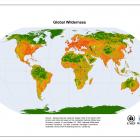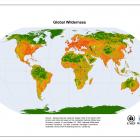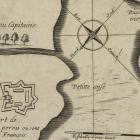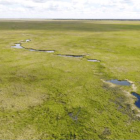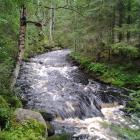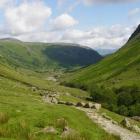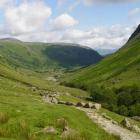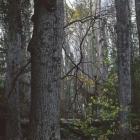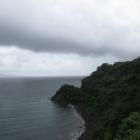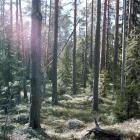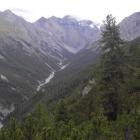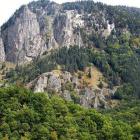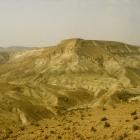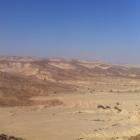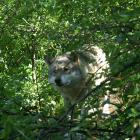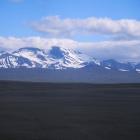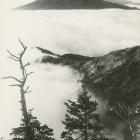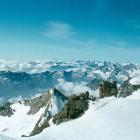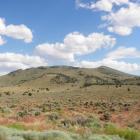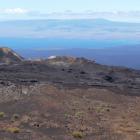Erämaa—Finnish
The established translation and closest term to “wilderness” in Finnish is erämaa (“the land of erä”). It could be argued that erämaa is a central concept for understanding the traditional Finnish relationship with nature and use of natural resources. While the uses of erämaa as a linguistic term and physical space have changed over the centuries, the concept has typically denoted a vast area of boreal forest with plentiful fish and game, visited only seasonally. In the Finnish language there has not historically been a clear dichotomy between “wild” and “civilized” lands. While the seemingly wild erämaa is not permanently inhabited, it does not lie outside civilization—it is rather an area that one periodically enters in order to obtain his/her share of the bounty of nature, i.e., erä. Erämaa may be harsh and unforgiving, and dangerous creatures—both human and non-human—may dwell there, but it is a second home to a person who has mastered its ways.

View from the vicinity of the author’s erämökki in Central Finland. Summer cottage ownership is very common in Finland. Many contemporary Finns seek to reproduce some of the old erä tradition by seeking remote locations for their vacation homes and by improving their summertime diet with wild fish, berries, and mushrooms. Photograph by Mikko Saikku, n.d.
View from the vicinity of the author’s erämökki in Central Finland. Summer cottage ownership is very common in Finland. Many contemporary Finns seek to reproduce some of the old erä tradition by seeking remote locations for their vacation homes and by improving their summertime diet with wild fish, berries, and mushrooms. Photograph by Mikko Saikku, n.d.
 This work is licensed under a Creative Commons Attribution-NonCommercial-ShareAlike 3.0 Unported License.
This work is licensed under a Creative Commons Attribution-NonCommercial-ShareAlike 3.0 Unported License.
Until early modern times, erämaa referred to a specified area that was seasonally utilized by a certain village for fishing and hunting purposes. Villagers in the south of Finland typically possessed their communal areas of erämaa in the north. These could be situated hundreds of kilometers from the permanent site of settlement. Typical uses of erämaa included fishing in the spring and early summer and hunting for both food and furs during the fall and winter. (During medieval times, pelts of the pine marten, beaver, red fox, stoat, and lynx were the Finns’ most important export articles.) Finns furthermore levied taxes on the Lapp (typically Sámi) people they encountered in the erämaa. Prolonged use of a certain erämaa could result in permanent settlement and introduction of (swidden) agriculture, after which the area was deemed outside the commons and ceased to be erämaa.
In the mid-sixteenth century, the Swedish king Gustav Wasa declared all areas of Finnish erämaa to be the crown’s property and strongly encouraged their permanent settlement. During the next three centuries, much of the erämaa was settled and the Lapp people either assimilated or were pushed northward in a process that in some ways resembled the North American frontier experience. However, vast areas remained uninhabited, especially in the north of Finland, and the traditional use of these areas as hunting and fishing grounds continued. During the nineteenth century, erämaa became a powerful symbol for the rising Finnish nationalism. In the spirit of National Romanticism, painters, authors, and even composers championed erämaa as a cornerstone for Finnish identity. The eränkävijä (“wilderness hunter/fisher”) became an epitome of idealized Finnish masculinity and, to a certain degree, has remained so to this day.
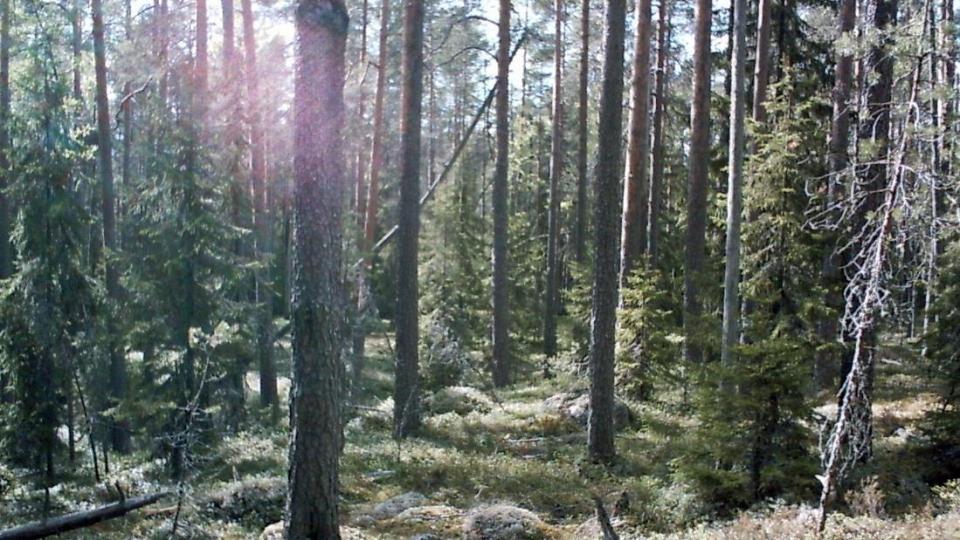
A view of the Pyhä-Häkki National Park. The Pyhä-Häkki National Park in Saarijärvi is maybe the southernmost location in Finland to encounter the classic erämaa landscape. Photograph by Mikko Saikku, n.d.
A view of the Pyhä-Häkki National Park. The Pyhä-Häkki National Park in Saarijärvi is maybe the southernmost location in Finland to encounter the classic erämaa landscape. Photograph by Mikko Saikku, n.d.
 This work is licensed under a Creative Commons Attribution-NonCommercial-ShareAlike 3.0 Unported License.
This work is licensed under a Creative Commons Attribution-NonCommercial-ShareAlike 3.0 Unported License.
In contemporary usage, erämaa typically refers to a remote and roadless area that supports old-growth forest, undrained bogs, and undammed rapids. Examples of surviving erämaa can be found in Finland’s national parks and other protected areas, including the so-called erämaa-alueet (“Wilderness Areas”) that have been established in Lapland to preserve not only nature but also traditional Sámi culture. The concept of erä survives to this day in the Finnish language with common words and phrases such as eränkävijä (which now may also refer to a wilderness hiker), erämökki (“hunting/fishing cabin”), and erätaidot (“survival skills”). The vast everyman’s rights (or “freedom to roam”) in present-day Finland can similarly be traced back to the ancient culture of erä.
What does wilderness mean in your language? Browse “Wilderness Babel” via the map.
Live map showing the location of the languages featured in the virtual exhibition. What does wilderness mean in your language? Browse “Wilderness Babel” via the map.
- Enbuske, Matti. Vanhan Lapin valtamailla: Asutus ja maankäyttö Kemin Lapin ja Enontekiön alueella 1500-luvulta 1900-luvun alkuun. Bibliotheca Historica 113. Helsinki: Suomalaisen Kirjallisuuden Seura, 2008.
- Gladden, James N. “Arctic Wilderness Policy in the United States and Finland.” Environmental Management 27, no. 3 (2001): 367–76.
- Haila, Yrjö. “‘Wilderness’ and the Multiple Layers of Environmental Thought.” Environment and History 3, no. 2 (1997): 129–47.
- Lehikoinen, Heikki. Tuo hiisi hirviäsi: Metsästyksen kulttuurihistoria Suomessa. Helsinki: Teos, 2007.
- Voionmaa, Väinö. Hämäläinen eräkausi. Porvoo: Werner Söderström, 1947.



